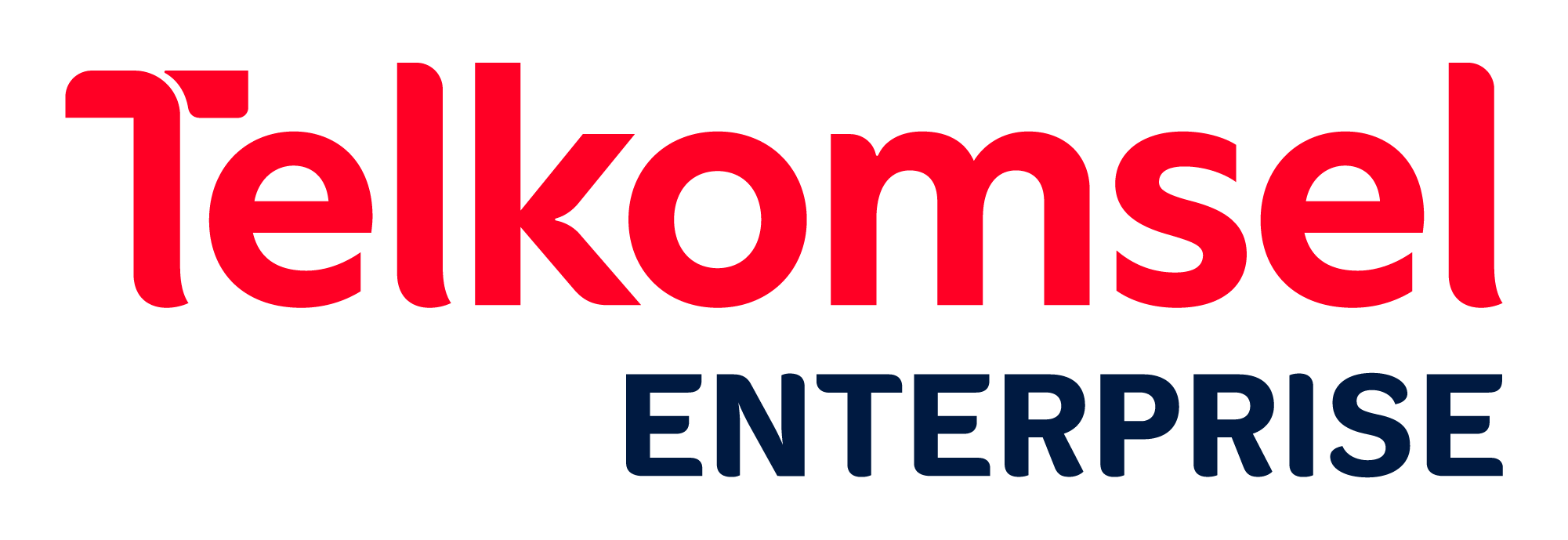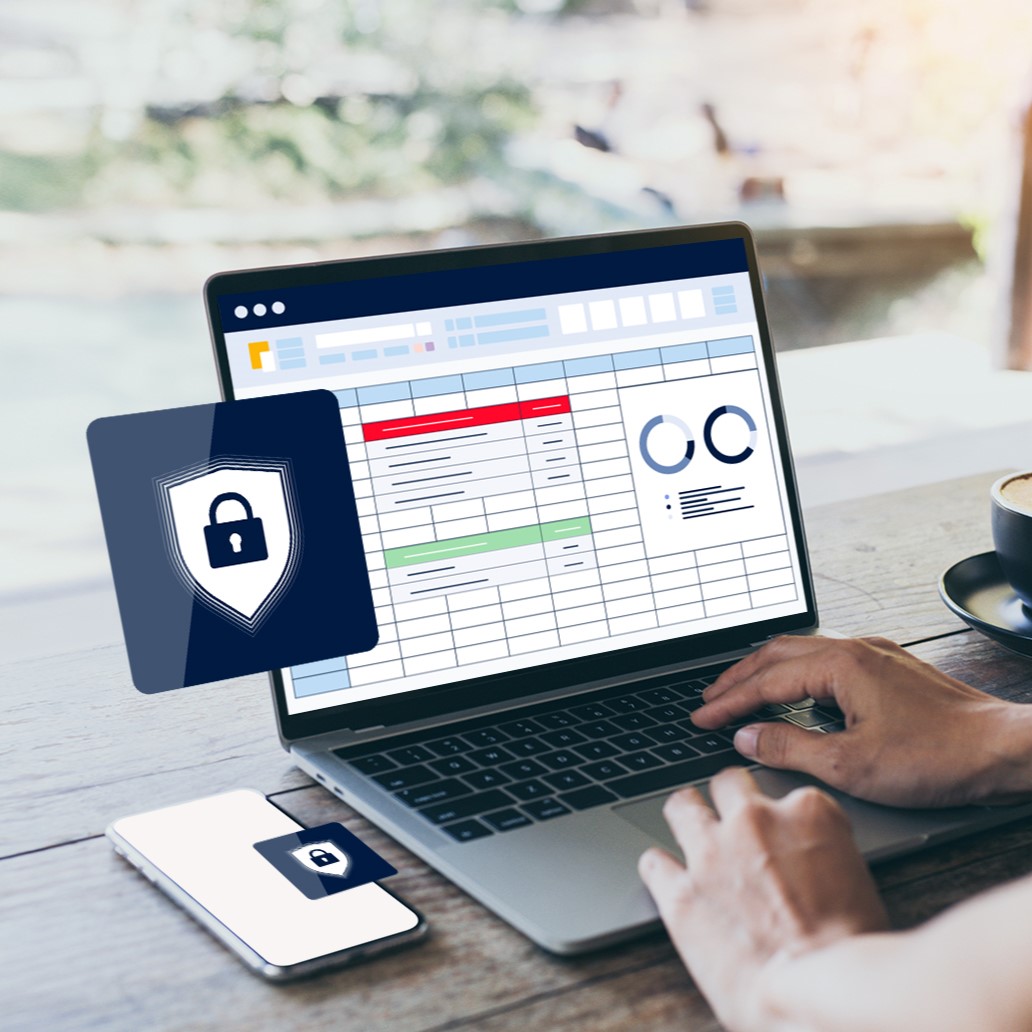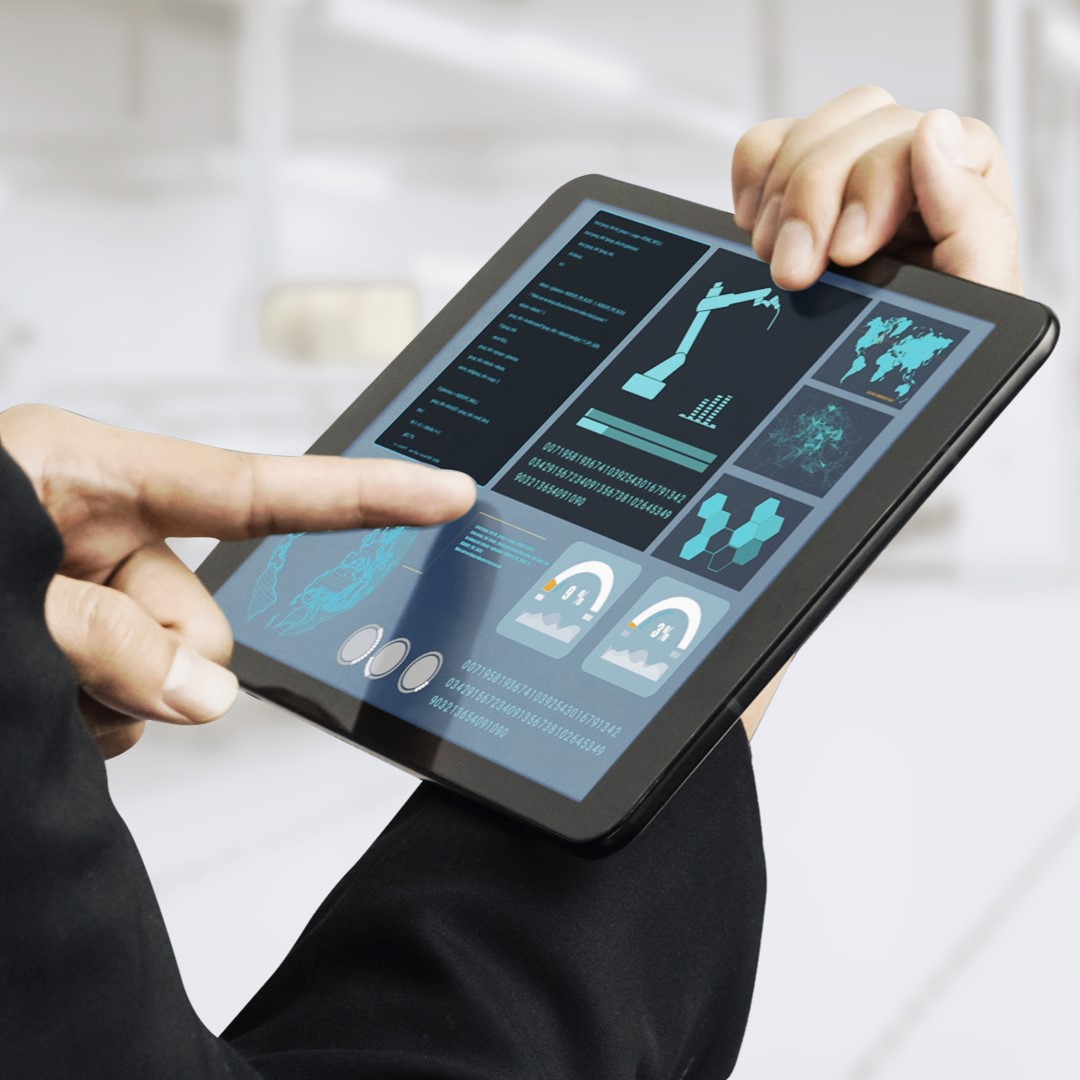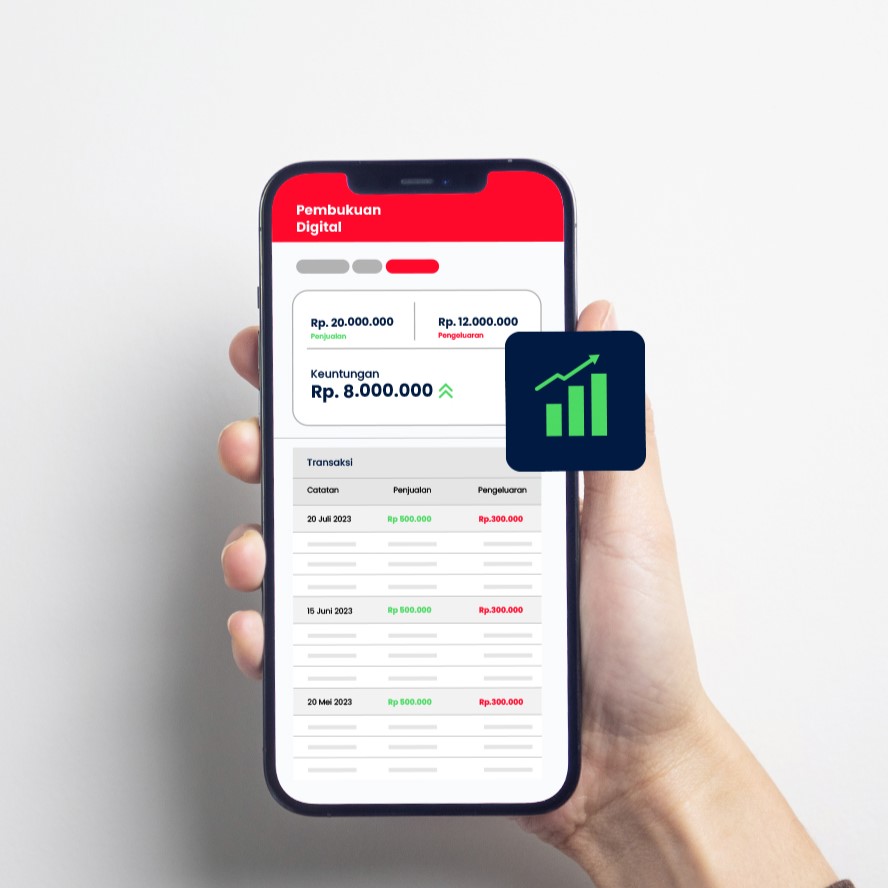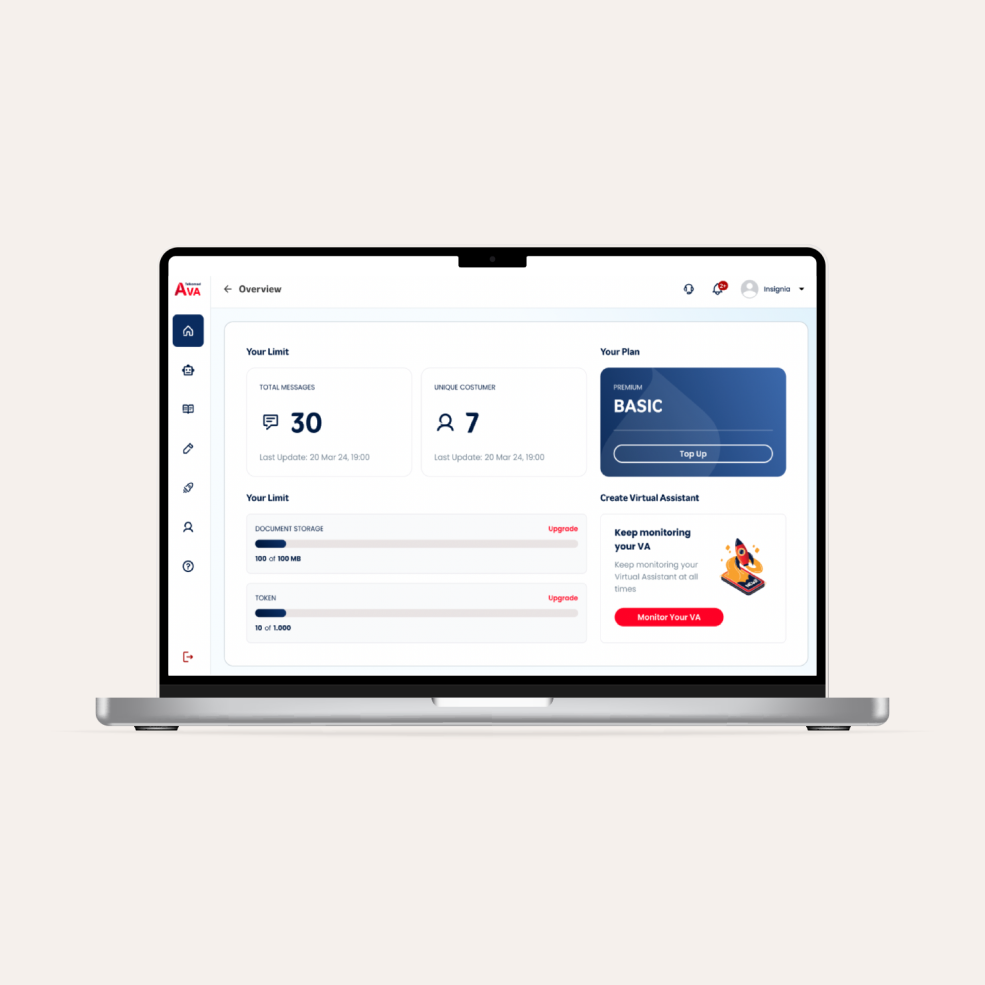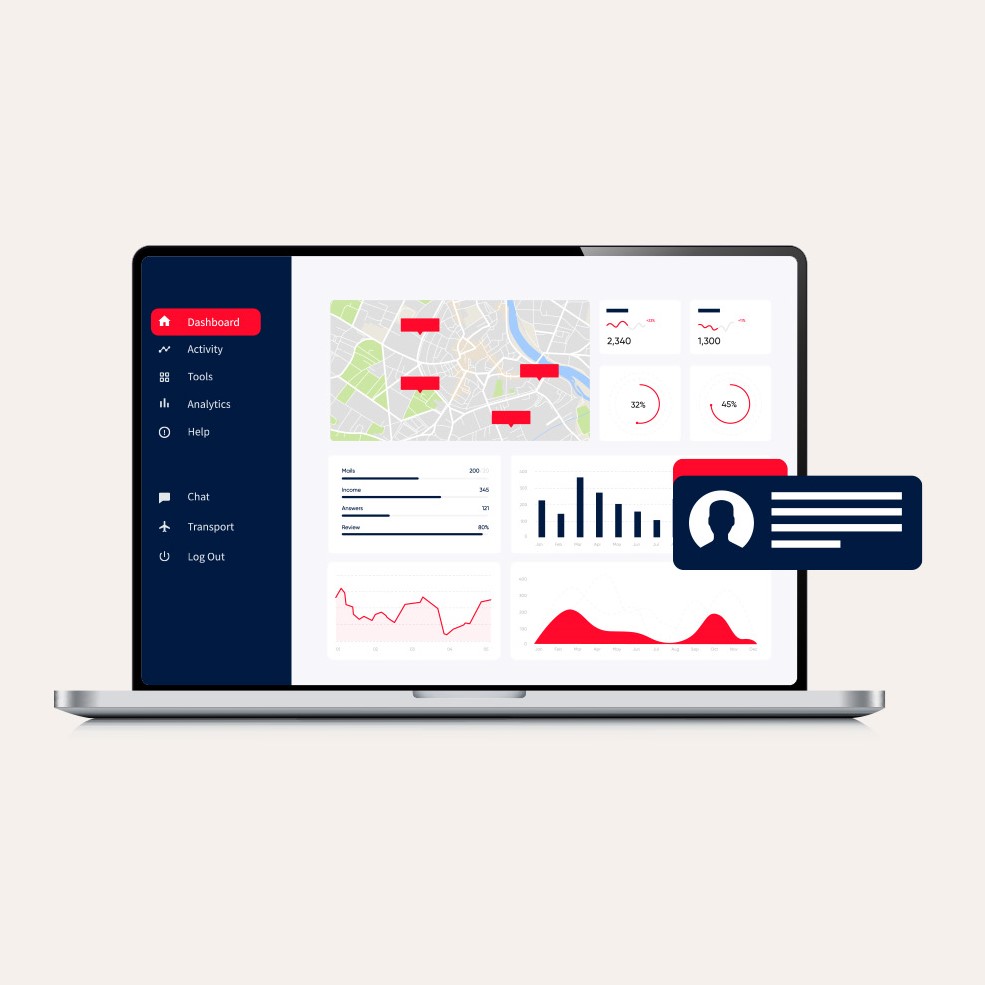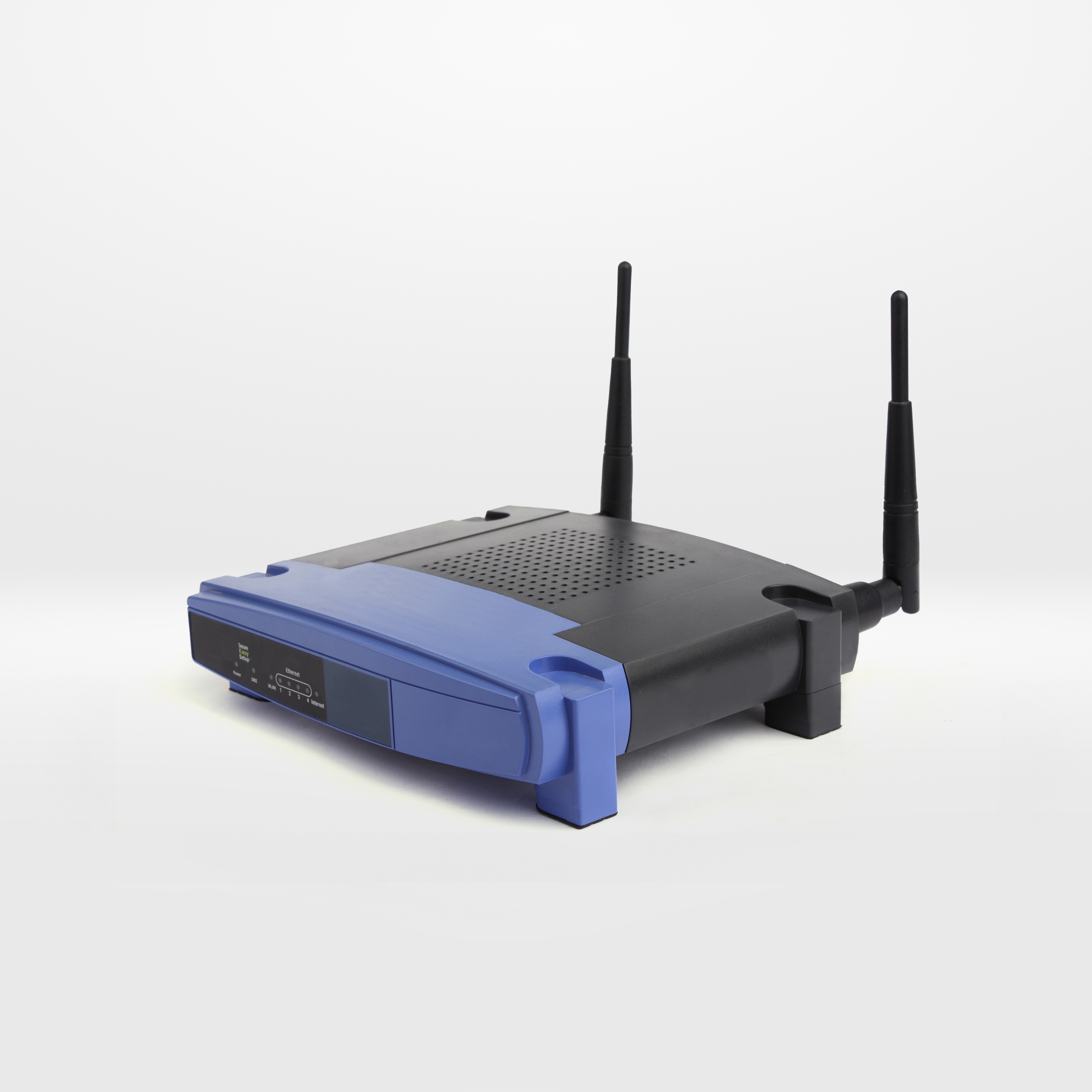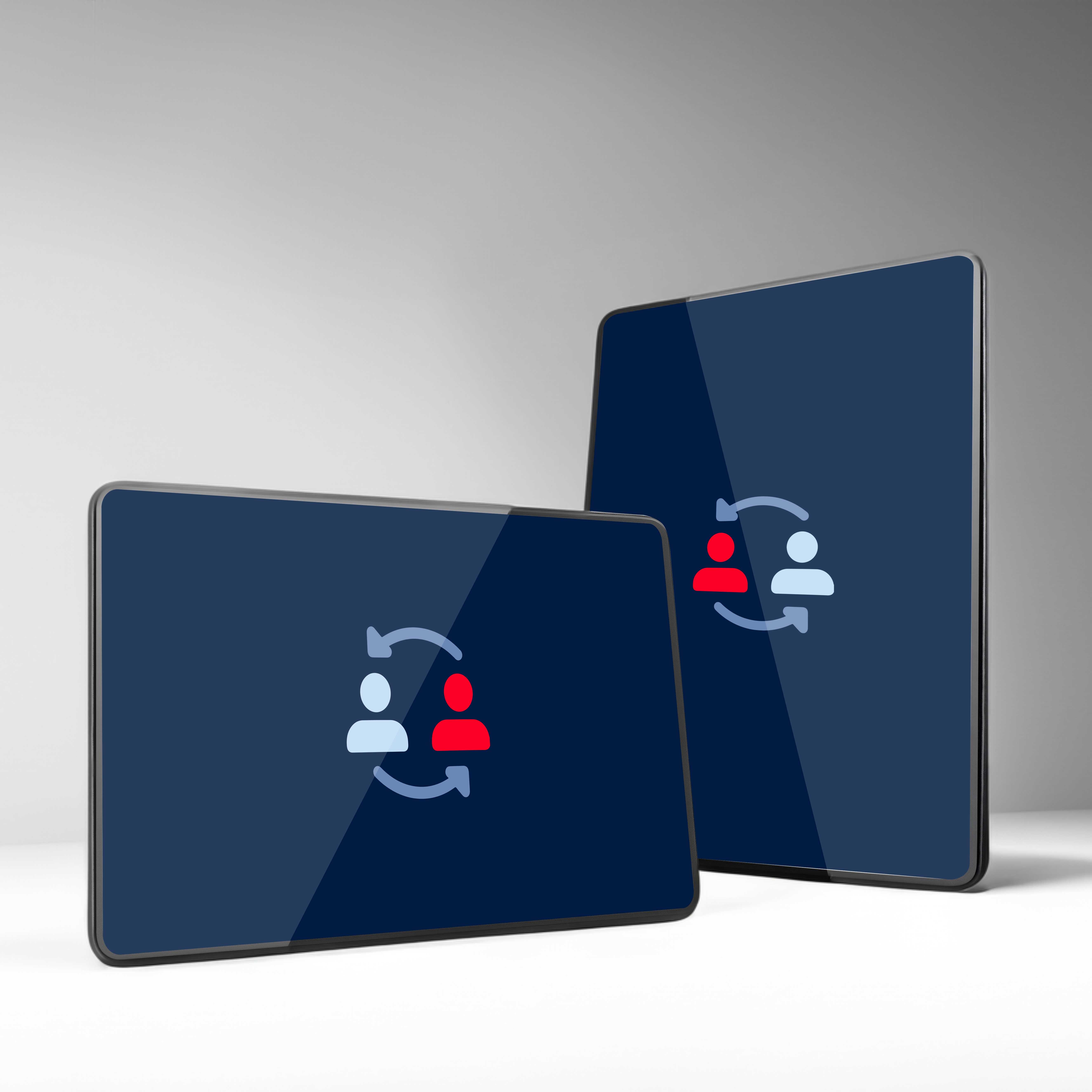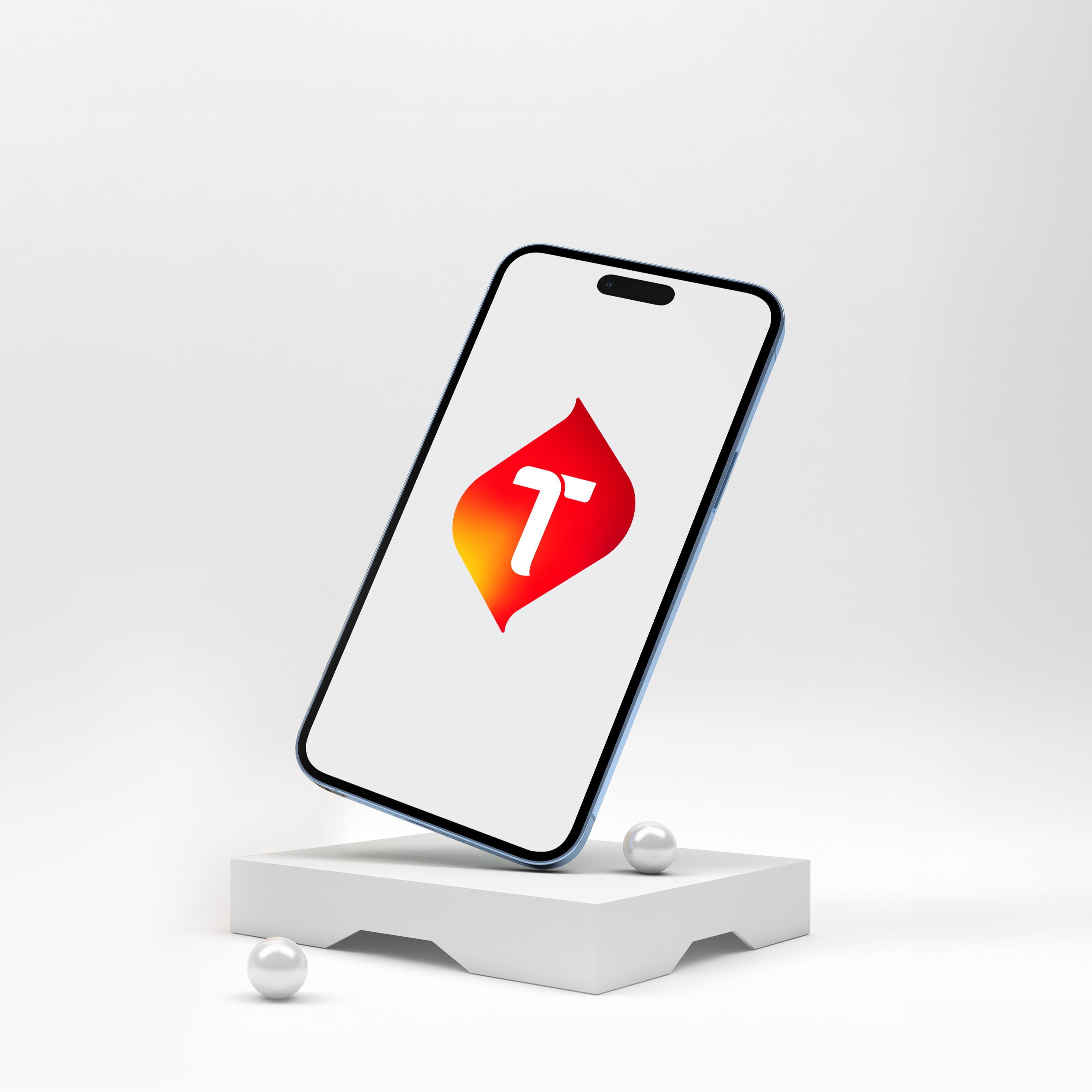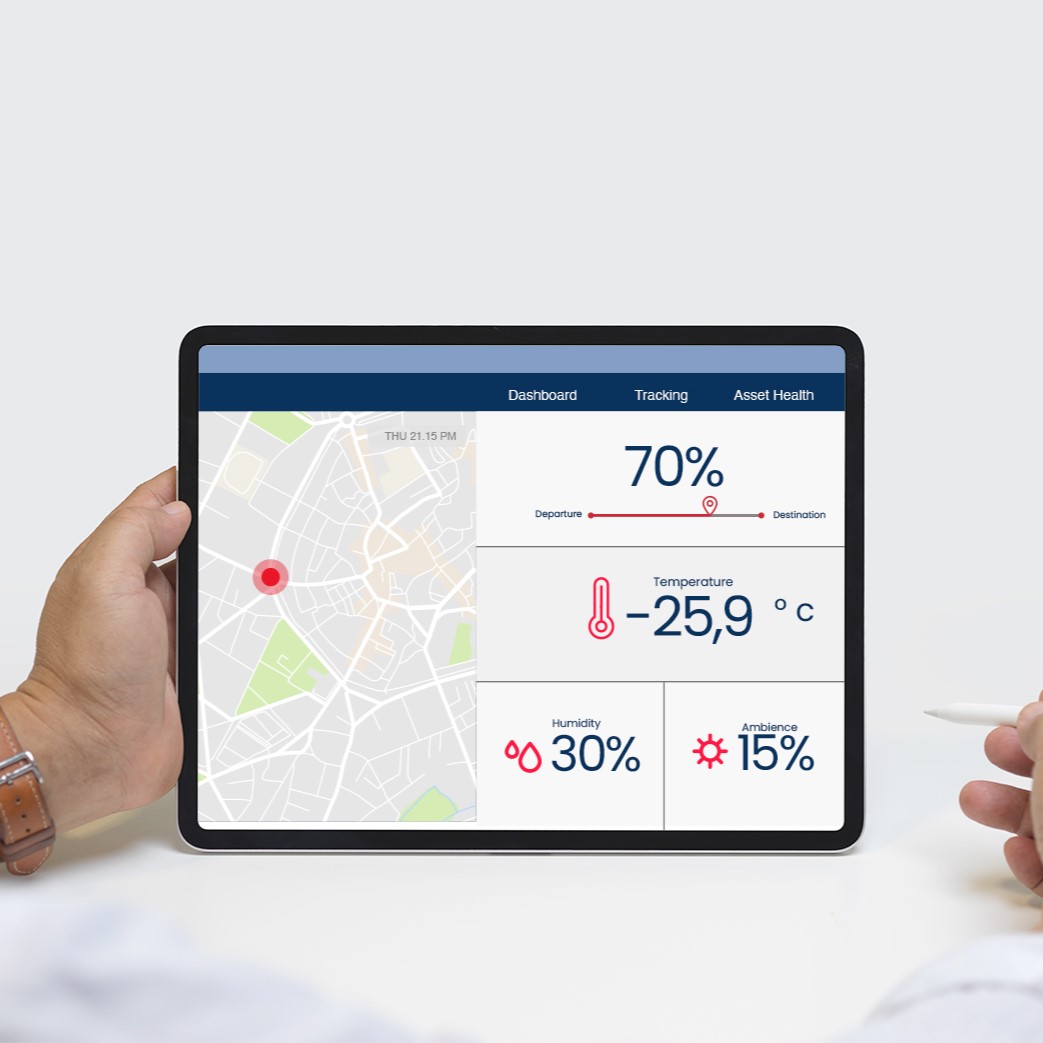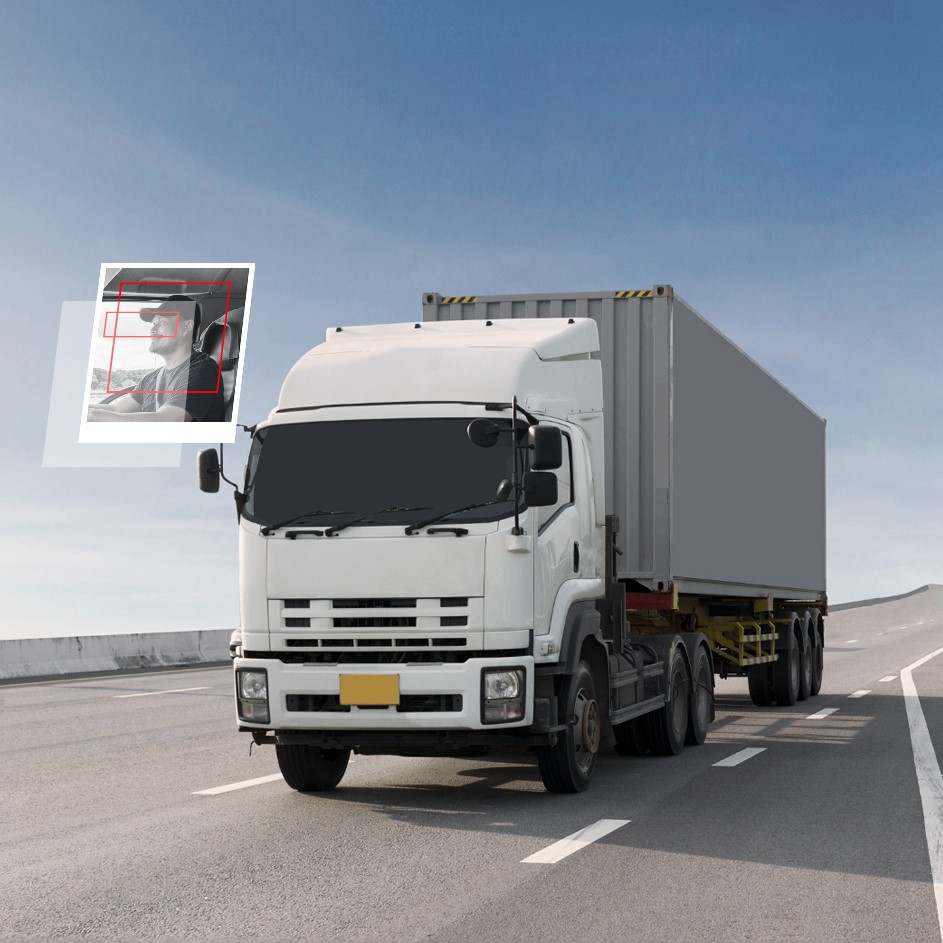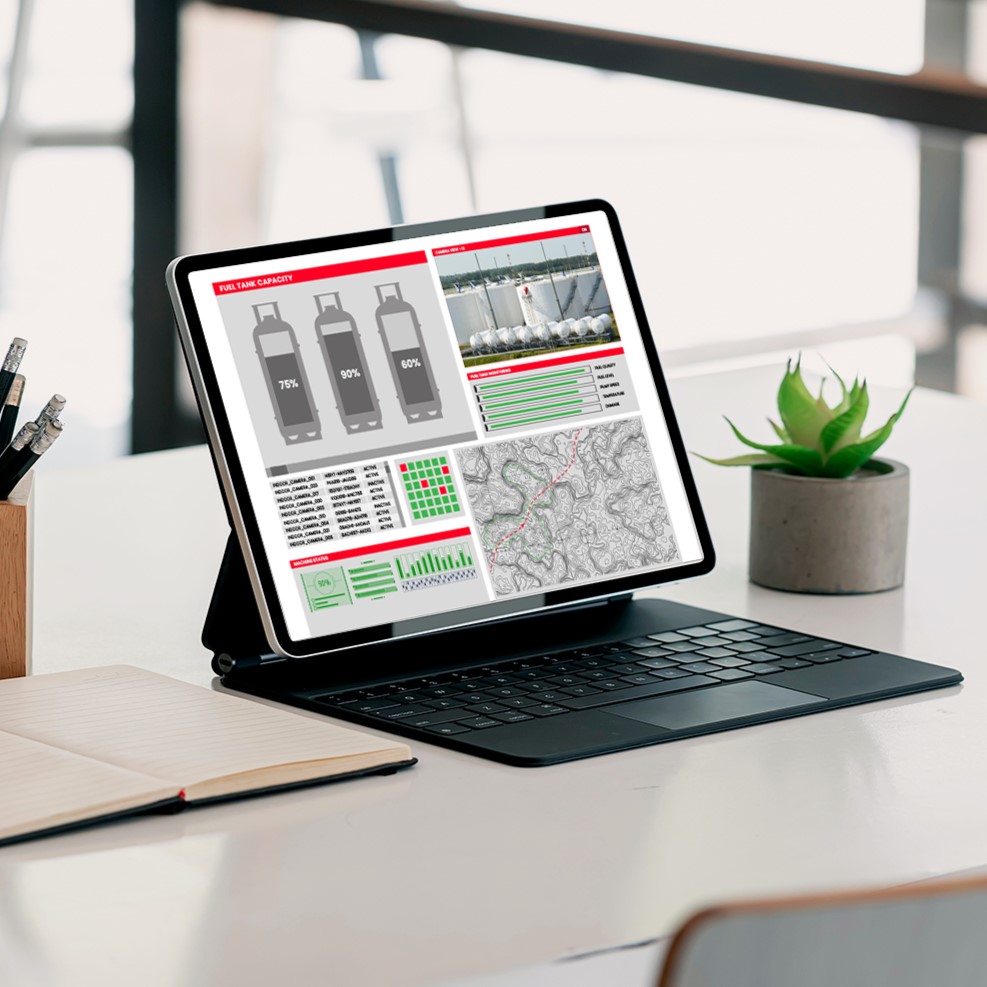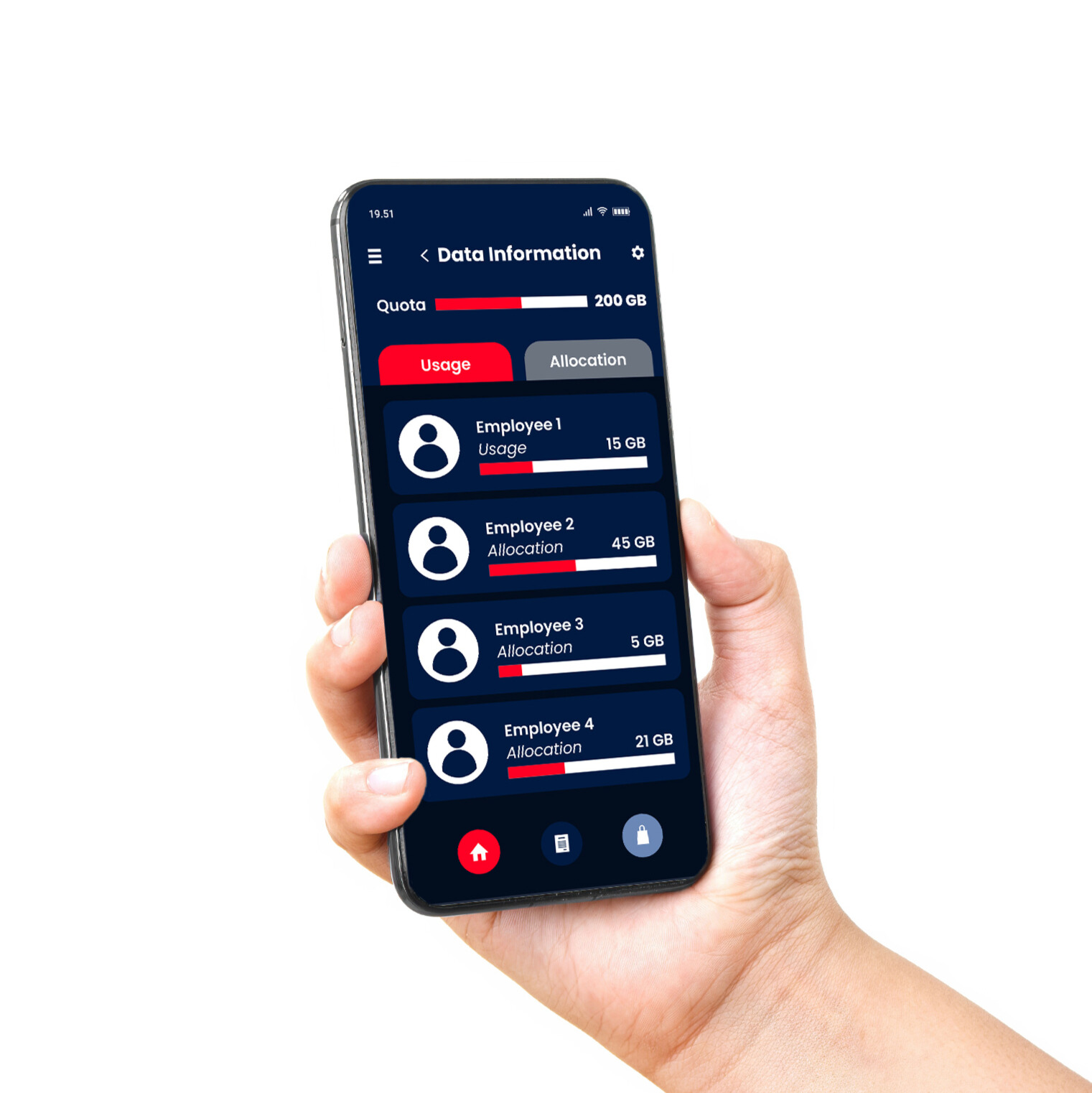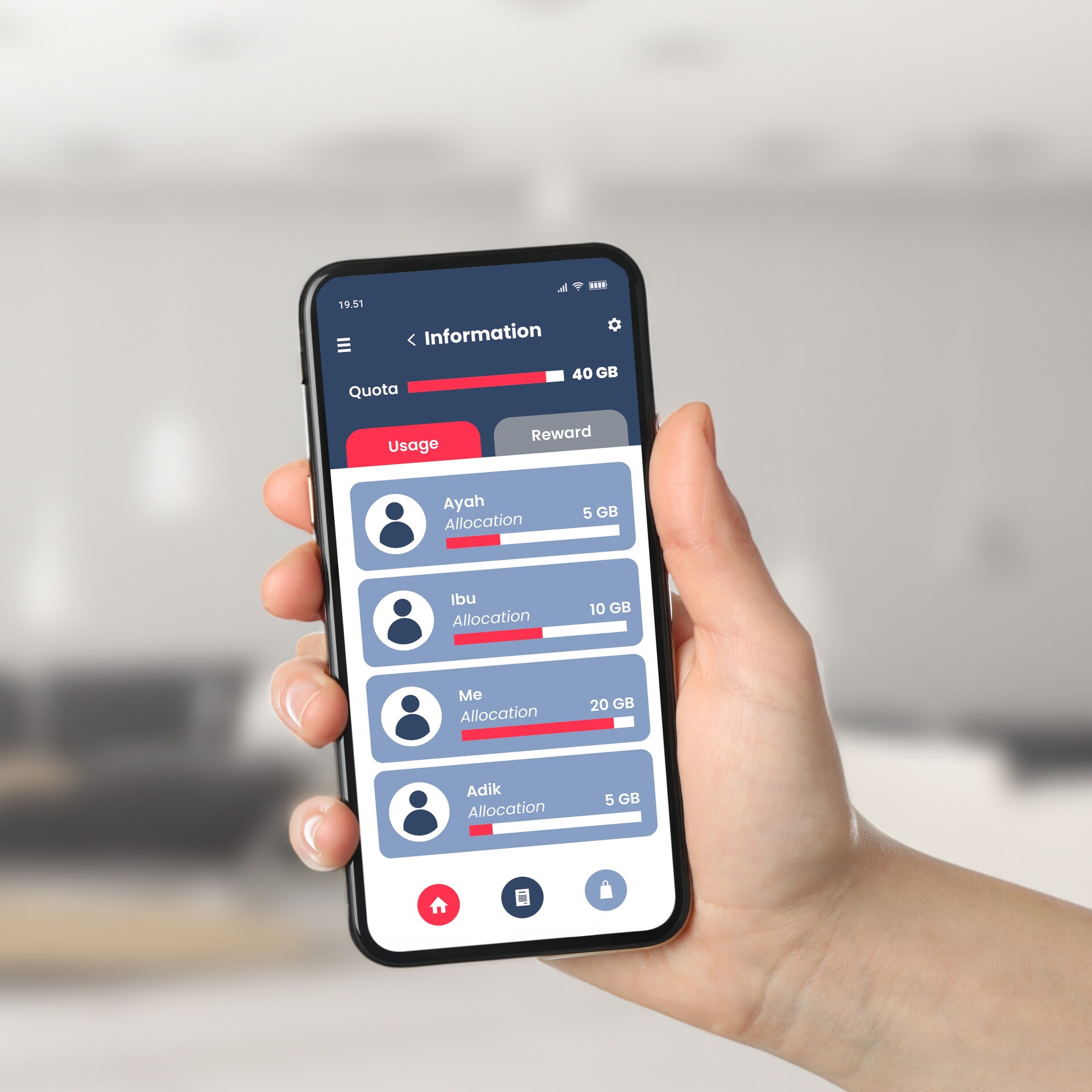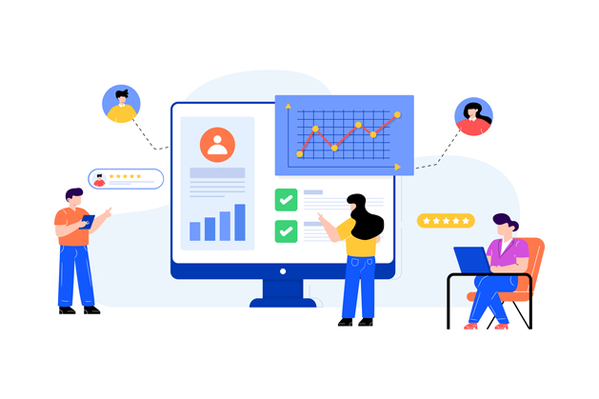Customer Data Platform (CDP) can unify and manage customer data from various sources, enabling brands to gain deeper insights about their customers.
Amidst the flow of information in modern business, customer data is often spread across multiple platforms, isolated, and difficult to analyze. The advancements in technology and changes in consumer behavior demand smarter strategies for managing valuable information resources. CDP comes as an innovative and effective solution.
With a CDP, every fragment of information is unified into one comprehensive narrative that supports more informed business decisions and more accurate personalization.
A study conducted by IDG and TeamDynamix provides relevant insights regarding business challenges in integrating customer data from various systems. The study found that the majority of organizations (89%) are currently facing a backlog in data integration. This highlights the challenges of synchronizing data and building automation across multiple applications.
These obstacles exist both in situations where the integration is managed entirely internally and with the help of third parties. These findings highlight how important it is to have efficient and integrated systems to manage customer data effectively.
In this article, we will explore more deeply what a Customer Data Platform is, its function, and how technology can be utilized to help business operations in the digital data era.
What is a Customer Data Platform (CDP)?
Customer Data Platform (CDP) is a system that creates a centralized, persistent customer database, which can be accessed by other systems. This data is collected from various sources, combined to create individual customer profiles, and then used to guide marketing decisions, provide better customer service, and enable more personalized marketing campaigns.
One key feature from CDP is its ability to collect and integrate data from various sources – including online and offline data, mobile data, as well as data from systems CRM (Customer Relationship Management) and DMP (Data Management Platform).
In contrast to a CRM that focuses on transactional interactions and customer responses, or a DMP that is used for segmentation and advertising targeting, a CDP provides a more comprehensive and insightful view of overall customer behavior.
Functions of a CDP
-
Data Collection: Collect data from multiple sources, including direct and digital customer interactions.
-
Data Integration: Integrating and unifying data to form personalized customer profiles
-
Data Analysis: Analyze data to produce insights about customer behavior and preferences.
-
Data Activation: Use the data to improve personalization and marketing effectiveness.

How Does CDP Work?
The Customer Data Platform work process involves several key steps that ensure the collection, processing, and utilization of customer data into valuable insights. These steps help companies understand their customers better, so they can make more informed decisions and deliver a more personal customer experience.
Data Collection (Data Ingestion)
CDP collects data from various sources, including online and offline interactions, mobile data, as well as data from other systems such as CRM and ESP (Email Service Provider). This step is important to get a complete picture of the customer.
Data Normalization and Cleaning
Once the data is collected, CDP performs normalization and cleaning to remove duplication and discrepancies. This ensures that the data used is accurate and reliable.
Identity Resolution
This crucial step involves combining information from multiple sources to create a unique and integrated customer profile. This allows brands to see their customers as individuals, rather than just a collection of discrete pieces of data.
Data Analysis and Insights Generation
CDP analyzes the collected data to produce valuable insights. This analysis can cover everything from customer preferences to predictions of future behavior, helping companies build more focused and personalized strategies.
Data Activation
The final step is to use the insights gained from the data to personalize marketing, sales, and customer service. This includes customizing content, offers, and recommendations, as well as optimizing customer journey and touchpoints to increase engagement and conversion.

Types of Customer Data Platforms (CDP)
Understanding of various types of Customer Data Platform assisting companies in choosing the solution that best suits their needs and business goals. Gartner differentiates CDP’s into four main types, each with a different focus and use:
Marketing Cloud CDP
This type of CDP is integrated with cloud marketing solutions. Ideal for brands that have invested in a specific cloud ecosystem and want to unite customer data with their seamless marketing tools. This facilitates data integration and marketing automation.
Smart Hub CDP
The main focus of Smart Hub CDP is on data orchestration and campaigns, often leveraging AI and machine learning support. It is suitable for companies that want to use advanced technology for real-time personalization and automation of marketing campaigns.
Marketing Data and CDP Integration
This type of CDP specializes in comprehensive marketing data integration. This type allows for collecting and organizing data from various marketing sources, both offline and online, ideal for companies with many marketing data sources.
Engines and Toolkit CDP
Providing high flexibility and customization, this type of CDP often offers toolkits for building customized solutions. This type is suitable for businesses with specific needs that cannot be fulfilled by standard CDP solutions.
Benefits of Customer Data Platform for Business
The adoption of a Customer Data Platform brings a range of significant benefits that can revolutionize the way businesses interact with customers. Starting from deeper customer understanding to more efficient data management. Here are the complete benefits:
Understanding Customers Better
-
Create a complete customer visualization: A CDP allows businesses to create a comprehensive picture of each customer, by combining demographics, behavior, and preferences. This helps in identifying customer segments and adjusting marketing efforts more effectively.
-
Predict customer needs and behavior: With the data collected and analyzed, a CDP can help in predicting customer needs and behavior, allowing companies to be more proactive in their strategies.
Improved Personalization
-
More personalized content, offers, and recommendations: Through unified and analyzed data, CDPs enable the delivery of highly personalized content, offers, and recommendations across multiple channels.
-
Optimization of customer journeys and touchpoints: CDP helps in optimizing customer journeys and touchpoints, improving customer engagement, and improving lifetime customer value.
More Efficient Data Management
-
Eliminating data silos: CDP breaks down data silos and unifies customer data in one platform, improving accessibility and collaboration across departments.
-
Improved data governance and compliance: With data positioned in one location, data compliance, and governance becomes simpler and more efficient.
Increase ROI and Income
-
Optimizing marketing campaigns: CDP helps businesses direct their marketing campaigns more precisely, optimizing marketing budgets.
-
Product personalization and upsell opportunities: With a better understanding of customers, companies can present more personalized product recommendations and identify more effective upsell opportunities.
-
Increase customer retention and loyalty: With a more personalized and relevant customer experience, CDP helps in increasing customer retention and loyalty.
Examples of CDP Applications in Various Business Sectors
The implementation of Customer Data Platforms (CDP) is not limited to one industry or sector. Here are some examples of CDP applications in different business sectors:
Retail
-
Personalized product recommendations: In retail, CDPs can be used to personalize product recommendations based on customers' previous shopping behavior, increasing conversions and customer satisfaction.
-
Customer churn predictions and targeted loyalty programs: By analyzing purchase and interaction data, CDPs help in predicting customer churn (potential loss) and developing more effective loyalty programs to prevent it.
Banking
-
Relevant financial product offers: In the banking sector, CDPs can facilitate the offering of more relevant financial products, such as credit or investments, based on analysis of customers' financial needs and behavior.
-
Improved risk management: Integrated customer data helps banks improve risk management and compliance, by understanding customer profiles in more depth.
Health
-
Personalized patient communication: CDPs can be used in the healthcare sector to personalize communications with patients, optimize treatment plans, and improve health outcomes.
-
Treatment plan optimization: With complete information about a patient's health history, CDPs assist healthcare providers in optimizing treatment plans.
Media and Entertainment
-
Content recommendations: In media and entertainment, CDPs are used to provide highly personalized content recommendations, increase engagement, and encourage continued subscriptions.
-
Increased engagement and subscriptions: Audience behavior analysis helps in devising more effective content and promotional strategies, increasing customer retention.
Conclusion
Customer Data Platform (CDP) can play a crucial role in today’s digital era. With the ability to efficiently collect, manage, and utilize customer data, CDP offers innovative solutions to challenges faced by many businesses in understanding and interacting with their customers.
By utilizing the full potential of CDP, companies can take strategic steps to create a customer experience that is more integrated, personal, and satisfying.
To maximize customer personalization, you can try Customer Engagement Platform (CEP) solutions from Telkomsel Enterprise. With CEP, brands can ensure that every interaction with customers is an opportunity to strengthen relationships and increase loyalty.
CEP offers a marketing engagement platform with complete customer profile features, enabling businesses to provide offers that suit their target market, increase customer retention, and understand customer behavior better.
With features such as personalized target campaigns and a Cloud as SaaS-based database, CEP stands out compared to other solutions, providing a competitive advantage for your business.
Interested? Immediately improve your brand's customer experience by utilizing the sophistication of CEP. Contact us for further information!



